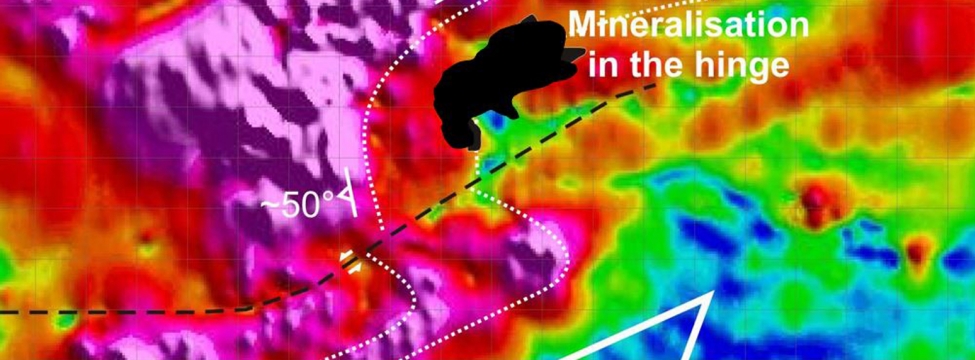To serve you better, our new website displays information specific to your location.
Please visit the site and bookmark it for future use.
Structural control of hydrothermal alteration of BIF and formation of goethite-dominant mineralisation in the northern Mauritanide Belt
The Mauritanide Belt occurs along the western margin of the West Africa Craton, and records a polyphase Neoproterozoic-Palaeozoic tectonothermal evolution spanning the period between 680 – 525 Ma. The northern contact between the Mauritanide Belt and the West Africa Craton (Reguibat Shield) is a complex zone of imbricate thrusts, juxtaposing Palaeoproterozoic and possibly younger nappe complexes, and preserving distinct thrust-bound BIF units of unknown but likely Archaean and Palaeoproterozoic age (Eizzene and Oumachoueïma groups). The Oumachoueïma Group is described to comprise a basal quartzite unit followed by a succession of metapelitic and metavolcanic units (Irarchene Formation) and two levels of BIF (the Atomai and Lembeitih formations. Dating of a sandstone in the group gave two populations of 2.32 and 1.92 Ga, suggesting it was deposited sometime after 1.92 Ga (Jones et al., 2012). A leucogneiss within a thrust package of metasedimentary and metavolcanic rocks over the Oumachoueïma Group was dated at 595±4 Ma, and an intruding megacrystic granite into this package gave an emplacement age of 599, suggesting this package was deposited around 600 Ma.
Detailed mapping at the El Khader prospect some 22 kilometers ESE of Guelb Mohrein, revealed structural contacts between the BIF units of the Atomai Formation with metagreywacke-phyllite units ascribed to the Irarchene Formation to the north and south. The southern and northern contacts of the east-west-striking BIF are bound by north-verging thrusts, which themselves have been refolded and sinistrally displaced along an E-W trending shear. An extensive zone of hematite-goethite gossan with associated carbonate stockworks, sodic alteration and localised quartz veining occurs along the folded thrusts. A dioritic stock was identified, which has sharp contacts with the gossan, and containing xenoliths of quartz vein material, phyllite and BIF, suggesting it intrudes the entire thrust-bound package. Quartz-hematite breccia veins and hematite-replacement of plagioclase and amphibole in the diorite demonstrate that the hematite-goethite gossan developed together with and after the intrusion of the diorite.
U-Pb SHRIMP dating of zircon in the diorite yielded an age of 578±11 Ma, interpreted to be the best estimate for the emplacement of the intrusion. Xenocrysts indicate ages of ~680 Ma, 1040-940 Ma, 2010 Ma and 2200-2140 Ma. A greywacke from the Irarchene Formation gave very few zircons, with detrital grains at 2600 Ma, 1800-1400 Ma and 630 Ma. We therefore interpret the Irarchene Formation to have been deposited between 630 and 580 Ma. Zircon from a quartz vein included a large population defining a Concordia age of 608±14 Ma, interpreted to date its emplacement, and xenocrystics with ages 2890 Ma, 1970 Ma, 1775 Ma and 1100 Ma. The data strongly suggest that the Oumachoueïma Group is in fact a complex imbricate thrust package comprising nappes of Archaean or Palaeoproterozoic BIF (Atomai and Lembeitih formations), intersliced with Neoproterozoic volcano-sedimentary units (Irarchene Formation). Thrusting is interpreted to have taken place around 600 Ma.
Jones, S., Beeson, J and Belousova, E. 2012. Geochronological constraints on the structural evolution of the Guelb Moghrein Cu-Au deposit, Mauritania. Structural Geology and Resources, AIG, Kalgoorlie



